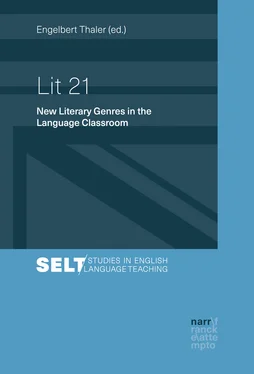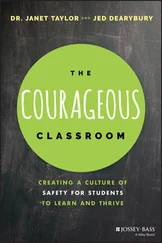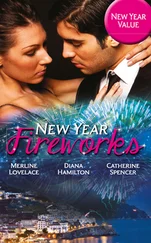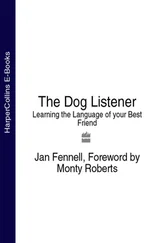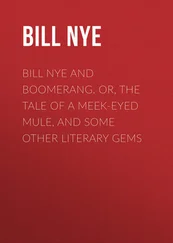Contemporary trends, of course, affect the conditions of reading and the demands made on modern readers (Delanoy et al. 2015, Hall 2005, Hammer et al. 2012, Lütge 2013, NCTE 2013, Paul 2010, Proserpio/Gioia 2011, Ribbat 2005, Wyse et al. 2010, Thaler 2016b, 2012). The New London Group (1996) has brought to our minds the need of a new definition of being literate in modern culture. With society and technology changing and literate environments becoming more complex, readers have to possess multiple literacies, which are dynamic and malleable (Friesen 2011). Since digital natives grow up using technology as a learning tool, they can navigate and comprehend digital media, interpret coded language and decode graphics. They are expected to read, understand, analyse, evaluate and create multi-modal texts.
Compared to older digital immigrants, however, younger readers tend to have a shorter attention span, which calls for shorter, varied and more attractive input. In our multioptional society it seems important to give people more options on how they consume entertainment – and books.
Until recently, the intended reader was mainly an upper-secondary student with rather advanced linguistic abilities and some intrinsic interest in literature. Recent developments now offer the opportunity to include new reader groups. “In contrast, the focus on young learners and multi-modal texts includes engagement with less advanced and more reluctant learner groups” (Delanoy 2017: 19). More diverse and alluring text formats may also counteract the so-called Leseknick , i.e. a considerable decrease of reading interest at the beginning of adolescence (Bland 2013: 74, Lewis 2015).
3 21 stCentury Literature
Post-millennial literature, as heterogeneous as it may appear, can be characterized by the following features (Friesen 2011, Nünning et al. 2012):
It has been written by contemporary authors and comprises new literary work created from 2001.
It deals with current topics and issues, and frequently reflects today’s technological culture.
It builds on traditional genres. For example, the new text-talk genres like email novels have their predecessor in the epistolary novel, the novel of letters like Samuel Richardson’s Pamela or Henry Fielding’s parody Shamela . So the ancient terms for this process of interaction with the literary past, i.e. imitatio (“imitation”) and aemulatio (“competition”), are still relevant; “imitation”, however, does not mean slavish copying, but creative adaptation of the tradition.
It adapts classical texts. Adaptations, remixes and mash-ups are en vogue, so Emily Bronte’s Wuthering Heights becomes Wuthering Bytes (ostensibly a vampire story), Charlotte Bronte’s Jane Eyre is changed to Jane Eyre Laid Bare or Jane Slayre (with a blood-sucking twist), and Jane Austen’s Pride and Prejudice is extended to Pride and Prejudice and Zombies .
It often breaks traditional writing rules. Rules are meant to be broken – which holds true for post-modernism or any other literary movement. Whether unconventional pieces really create something inspiring and original, or give novelty a bad name due to an overweening desire to achieve newness, is often a matter of dispute.
It sees the emergence of new genres (Surkamp 2019). Various forms of electronic literature such as hypertext (interactive) fiction, animated poetry, or SMS (text-message) fiction, to a certain degree, reflect the much heralded “death of print”.
It consists of numerous multi-modal texts. In teaching literature, “this multi-modal turn has shifted attention to the interplay of words and pictures in text-types such as picturebooks, comics and graphic novels” (Delanoy 2017: 14), and in language learning, “symbolic competence” (Kramsch 2006: 251) is the new goal.
Its genre lines are blurred. Whether a certain piece of visual fiction must be classified as a graphic novel, an illustrated novel or doodle fiction, is often hard to decide. The boundaries of genres are fluid and are often breached for literary effect.
It is immensely diverse in at least three dimensions: aesthetic quality, intended reader group, technical format.
4 21 stCentury Literary Genres
The genre of a literary work still remains an important factor today – in spite of post-structuralists’ aversion to classification. One may argue that every text belongs to a genre and that it is not possible not to write in one as even the most ingenious writers trying to break free of convention are still involved in “experimental” literature. A genre can be characterized as a dynamic group of texts which share certain similarities – whether of form, style, subject matter, historic origin, intended readership, mode, or performance context (Nünning/Nünning 2018, Nünning et al. 2012). The following survey attempts to briefly describe the genres and sub-genres as well as suggest a few representative texts, which may also be read in class.
The visual turn (cf. 1.) has increased the presence of images in fiction (Elsner et al. 2013, Kimes-Link/Steininger 2012, McCloud 1994, Rüschoff 2013) and produced at least four sub-types.
Graphic Novels: Although the origins of the form are open to interpretation (Baetens/Frey 2015), “[b]ook-length, high-quality comic books that introduce children and adults to a wide range of literary fiction and nonfiction subjects” (Burdge 2006: 166) really became popular after the commercial success of Art Spiegelman’s Maus (1986) – in TEFL classrooms as well.Example: American Born Chinese by Gene Luen Yang (2006)
Illustrated Novels: Compared to a graphic novel, an illustrated novel, i.e. “an extended narrative with multiple images that, together with the text, produce meaning” (Godbey 2010: 418), still views the text as predominant.Examples: Middle School Is Worse Than Meatloaf: A Year Told through Stuff by Jennifer Holm (2007), The Absolutely True Diary of a Part-Time Indian by Sherman Alexie (2007) (cf. also Thaler 2010)
Manga: Manga is Japanese for comics, knows at least four target audiences (boys, girls, youths, matured), and, in its original form, is read from the right to the left (pages, panels, text).Examples: Chi’s Sweet Home by Konami Kanata (2004 ff.), Adolf by Osamu Tezuka (1983-1985), Shakespeare’s Macbeth by Robert Deas/Richard Appignanesi (2008)
Doodle Fiction: Doodles are “drawn by hand, include speech or thought balloons, interjections or some other form of text” (Merklinger 2018).Examples: Diary of a Wimpy Kid by Jeff Kinney (2007 ff.), Wonkenstein – The Creature from My Closet by Obert Skye (2011)
Text-Talk novels are hybrid texts in the sense that they combine features of 21st century modern literature with features of the traditional 18th century epistolary novel (cf. Thomson in this volume, Lomicka/Lord 2012, Page/Bronwen 2011, Schmidt et al. 2010). Starting with Deep Love (2003) by Yoshi, the cell phone novels (mobile phone novels) were originally written on a cellular phone via text messaging. The stories are told almost completely in dialogue simulating social network exchanges, display a strong visual component, are often multimodal and always intermedial (different medial formats like letters, emails, notes, IMs). Although they adopt a 1 stperson point of view, they provide multiperspectivity. The absence of a narrator creates a lack of coherence, so the readers have to take a much more active role in filling the gaps.
Читать дальше
